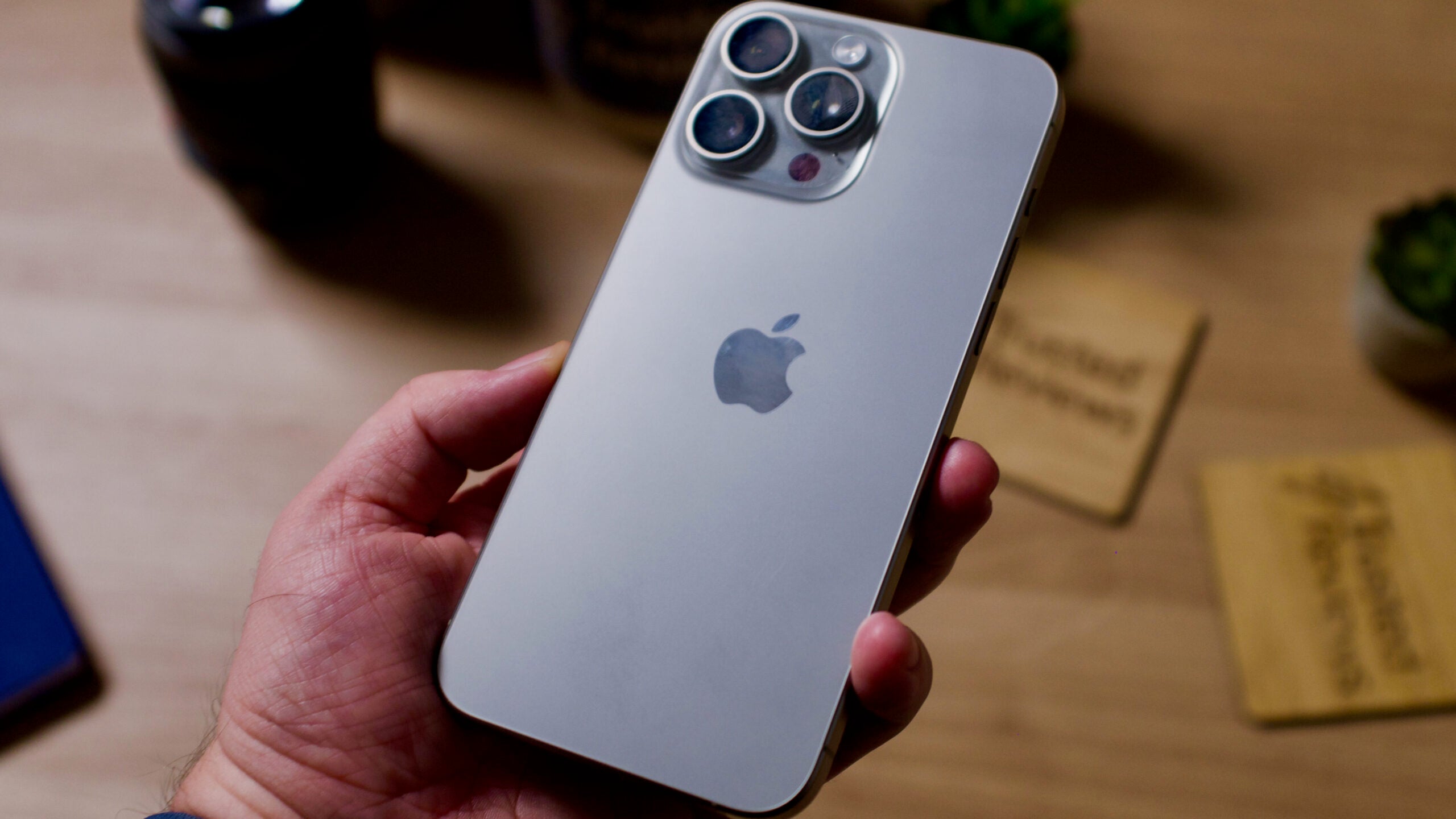What is a periscope lens? The rumoured iPhone feature explained

The iPhone 15 Pro Max is rumoured to be getting a major camera upgrade this year in the form of a periscope lens.
Keep reading to learn everything you need to know about periscope lenses in smartphones, including how they work and how they compare to other zoom lenses.
What is a periscope lens?
A periscope lens is a camera technology that can be found in a growing number of smartphones these days. Periscope lenses allow for greater zoom capabilities compared to standard smartphone camera lenses.
Most smartphone cameras offer some level of digital zoom. This feature allows users to move in close to their subject but it doesn’t come without its drawbacks. Digital zoom works by cropping an image taken with a standard wide-angle lens, meaning the results won’t be as sharp or clear as those snapped with a dedicated zoom lens.
Optical zoom dodges this problem because photos are snapped with a dedicated zoom lens. This means that the hard work is done by the hardware as opposed to digitally, allowing the camera to capture and retain more detail.
However, optical zoom can rarely get as close as digital zoom – which is where periscope lenses come in.
Phones like the Google Pixel 7 Pro and the Vivo X80 Pro offer 5x optical zoom using a periscope lens, while the Samsung Galaxy S23 Ultra can push in as close as 10x with the help of this periscope technology.
So, how do these cameras work?
As the name suggests, periscope lenses work a bit like a periscope, using a prism or mirror to redirect light at a 90-degree angle and magnify the image. The periscope design also allows these lenses to be long without appearing bulky or sticking out of your phone the way a traditional zoom lens would on a camera.
Does the iPhone have a periscope lens?
As of the iPhone 14 series, Apple does not use periscope lenses in its smartphone cameras.
The company is rumoured to be bringing the technology to the iPhone 15 Pro Max this year, increasing its zoom capabilities from 3x to 5x or even 10x. The latest predictions say the smaller Pro model will gain the feature in 2024 with the iPhone 16 Pro.
However, as always, we won’t know exactly what’s in store for the iPhone 15 series until it’s announced next week at Apple’s September event.








